The Benefits of Structuring Logs in a Standardized Format
As any developer or IT professional will tell you, when systems experience issues, logs are often invaluable. When implemented and leveraged effectively, the data produced by logging can assist DevOps teams in more quickly identifying occurrences of problems within a system. Moreover, they can prove helpful in enabling incident responders to isolate the root cause of the problem efficiently.
With that being the case, maximizing the value of log data is vital. And one way to do so is to ensure that log data is as usable as possible by effectively structuring logs in a standardized manner. Structured logs also enhance observability across a telemetry pipeline, making them easier to route, analyze, and archive. Keep reading for a primer on structured logging and the benefits that it provides.

Structured Logs vs. Unstructured Logs: The Importance of a Standardized Format
Structured logging is the practice of writing logs in a consistent and standardized format to allow for readability by the log analysis software. To better illustrate what is meant by this, let’s first examine the following unstructured log:
While a human being might be able to read the above message easily, these types of logs are not likely to lend themselves to being parsed in a manner that will allow DevOps teams to acquire the greatest possible level of insight from the data. Tools that depend on field recognition—such as those using grok pattern extraction—may not work correctly without a structured format. The lack of structure makes it harder to apply grok syntax or match fields using regular expressions for automated indexing. With that in mind, let’s take a look at the same log, this time structured as a JSON object:
In contrast to the unstructured example, log management software can read and process this more efficiently. Consistent with best practices, this example uses a popular standard for structuring data – JSON – and includes all critical information as attributes within the log object.
By structuring logs in this manner, teams can ensure that they will be ingested and parsed with ease by a log management tool (assuming that tool supports JSON). This is especially critical for apm logging scenarios, where structured fields are necessary for tracing user requests and service dependencies. While a human being may easily read unstructured logs, their text-based nature makes them less valuable when managed by a log management platform.
Structured logging practices help to eliminate the issues that arise when managing log data on a larger scale. Structured logging represents all crucial log elements as attributes with associated values, enabling teams to easily ingest and parse through them. It also allows DevOps teams to harness the full power of their log management platform to analyze and utilize large volumes of log data.

Reaping the Benefits of Structured Logs
We’ve covered how structured logs (such as those provided as JSON objects) can be more easily parsed and analyzed by log analysis software. But why is this so valuable? Let’s dig into a few of the significant benefits enjoyed by teams that structure their logs.
Improved Search and Filter Capabilities
Let’s consider the example of a structured log in which “customerId” and “productId” were provided as attributes of a JSON object rather than just being included as part of a message written in plain English. With this being the case, log management platforms can straightforwardly parse out the values, ensuring that incident responders quickly and effectively sift through hundreds of thousands of log objects.
This also enables telemetry pipelines to selectively route logs by field and value, helping filter only the most relevant data into downstream analysis tools. Teams can also define alert conditions across structured fields and apply grok pattern filters to extract business or operational context in real time. The same holds for timestamp, log level, and any other field that the developer adds to the JSON object.
Improved Ability to Visualize Log Data
One of the most significant advantages that DevOps teams gain when using a log management platform is data visualization features that enhance their ability to recognize and respond to application and infrastructure problems. By structuring logs to make them work more cohesively with log management software, DevOps teams ensure that they can take full advantage of these capabilities.
It’s hard to visualize log data that we cannot successfully parse. For instance, if the error code field within a log cannot be effectively recognized when ingested, it will be impossible to construct a graph that helps incident responders recognize a spike in error rate. Ultimately, this can lead to longer MTTA, delaying root cause analysis and allowing issues that negatively impact user experience to remain unfixed for a more extended period.
Implementing structured logging alongside automated log rotation also ensures that logs remain current and manageable without sacrificing compliance or insight. In contrast, by structuring all logs in a consistent and usable format, DevOps teams can better position themselves to derive critical insights from log data quickly, enabling the efficient identification of problematic trends and streamlining incident response.

Analyzing Logs with Mezmo
As we’ve discussed, leveraging a standardized format for your logs becomes truly beneficial when your organization is dealing with significant quantities of log data. And most modern systems produce a large amount of data each day. It would be impossible for humans to manually sift through log data on this scale and gather any level of insight, making log analysis tools all the more critical.
The log management platform from Mezmo, formerly LogDNA, provides all of the capabilities discussed above and more. By enabling teams to centralize their logs and providing advanced search capabilities, mechanisms for visualizing log data, and alert functionality, Mezmo helps development and IT personnel gather critical insights from their logs in a time-efficient manner.With structured logs traveling through a scalable telemetry pipeline, organizations can connect logs to their apm logging, SIEM, and analytics platforms—ensuring resilience, observability, and compliance through automated parsing and intelligent log rotation policies.
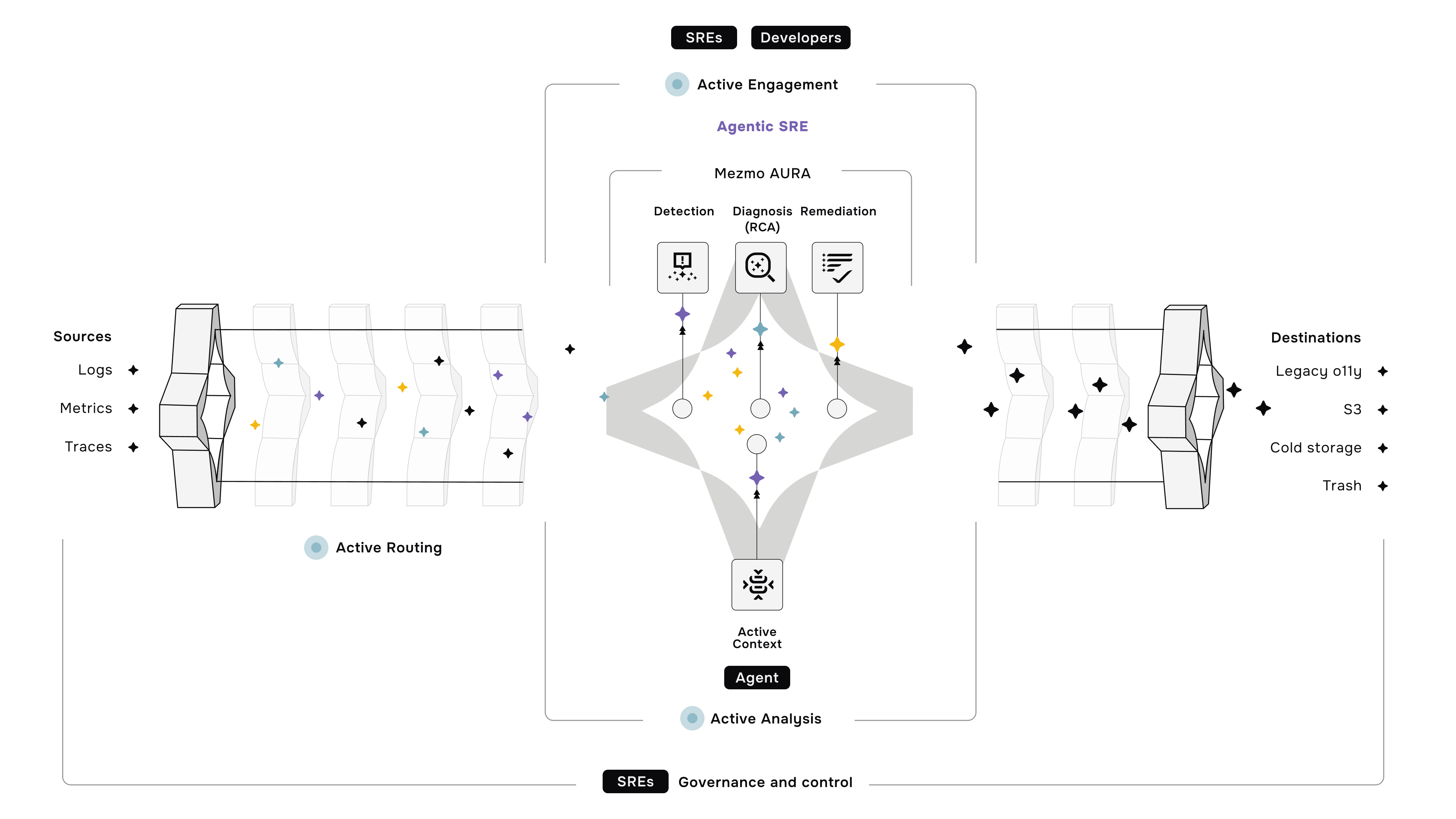

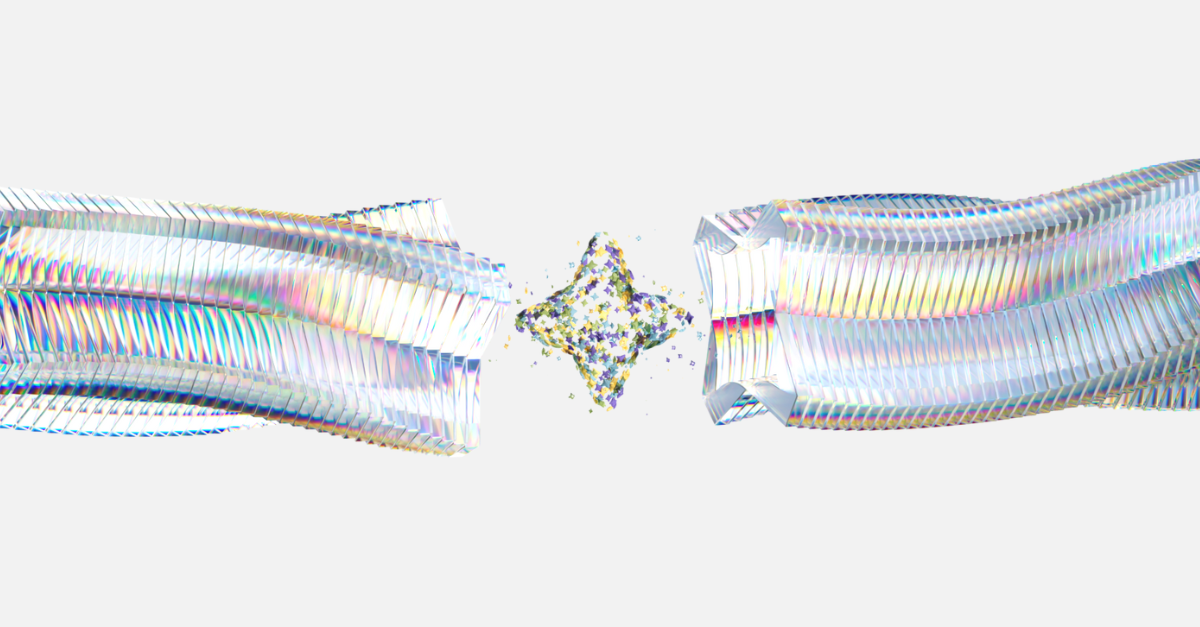




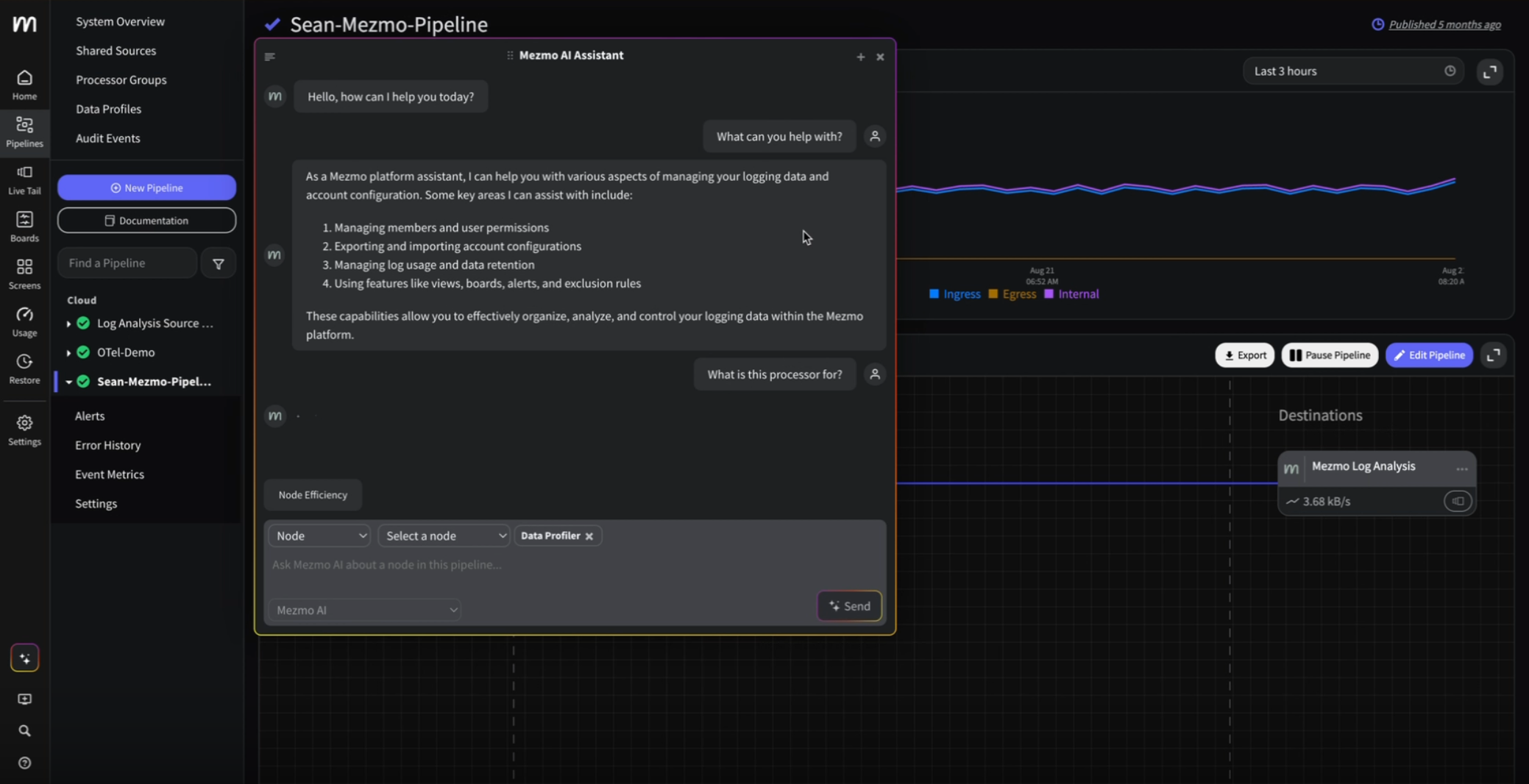
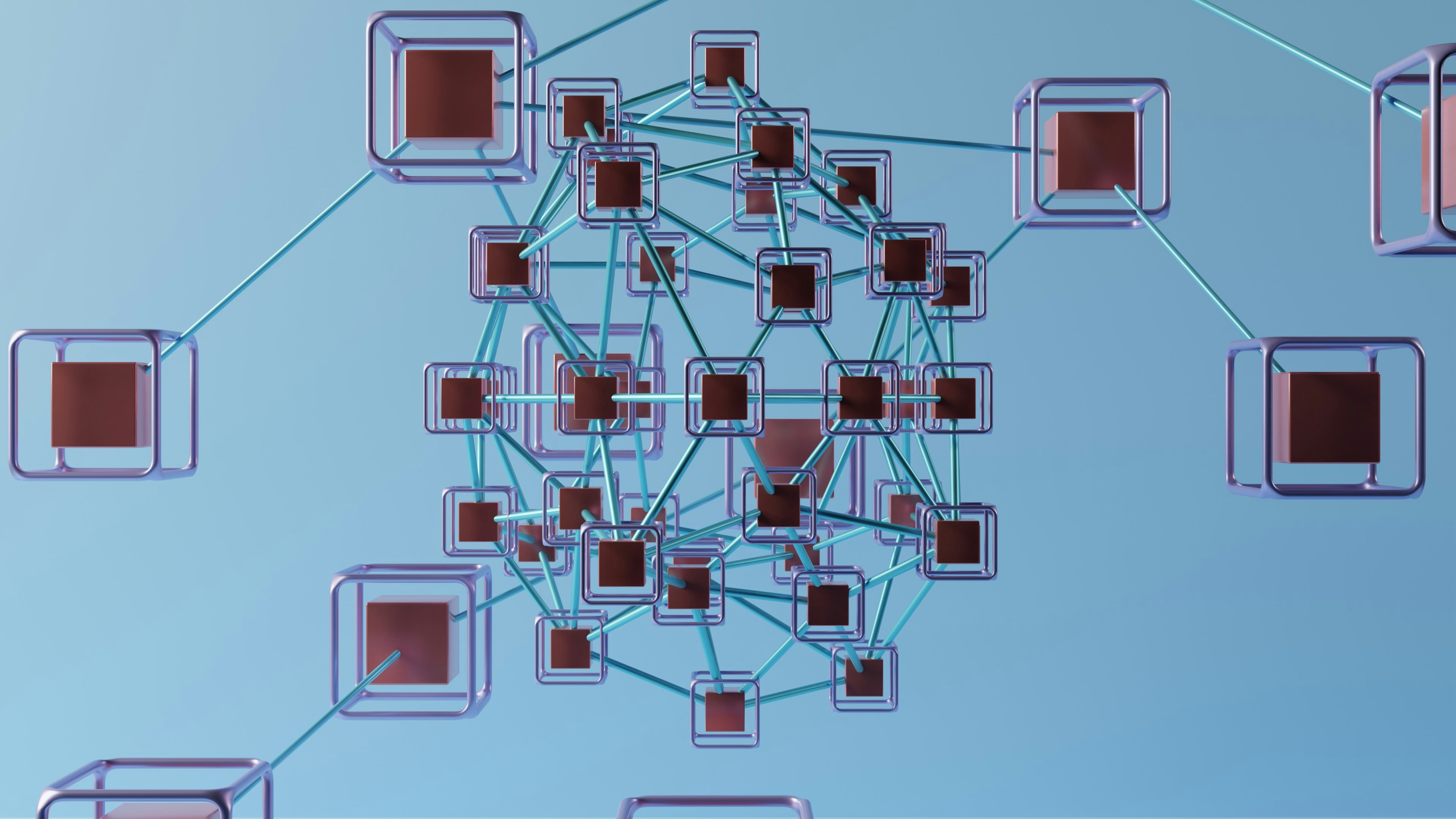

.png)




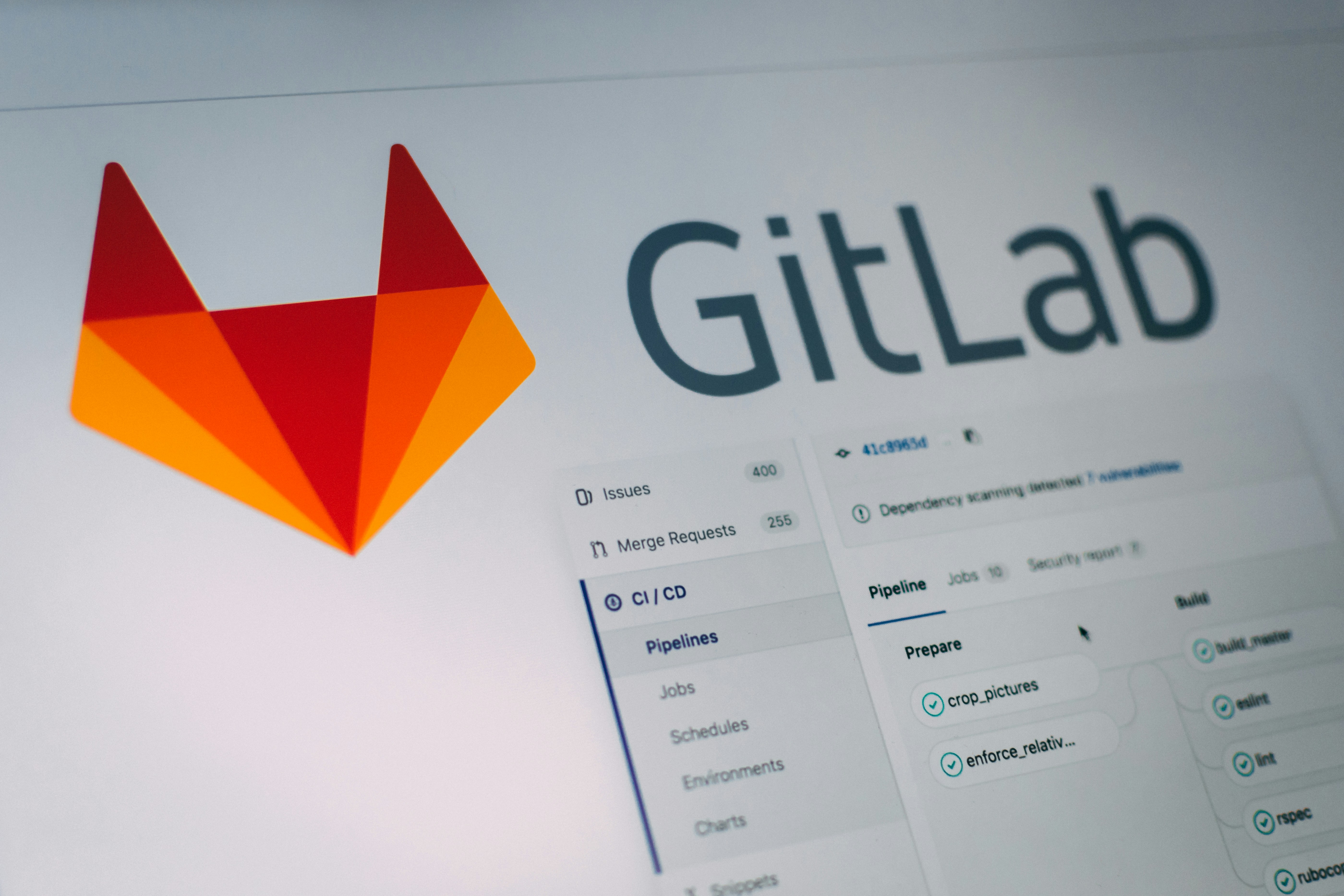
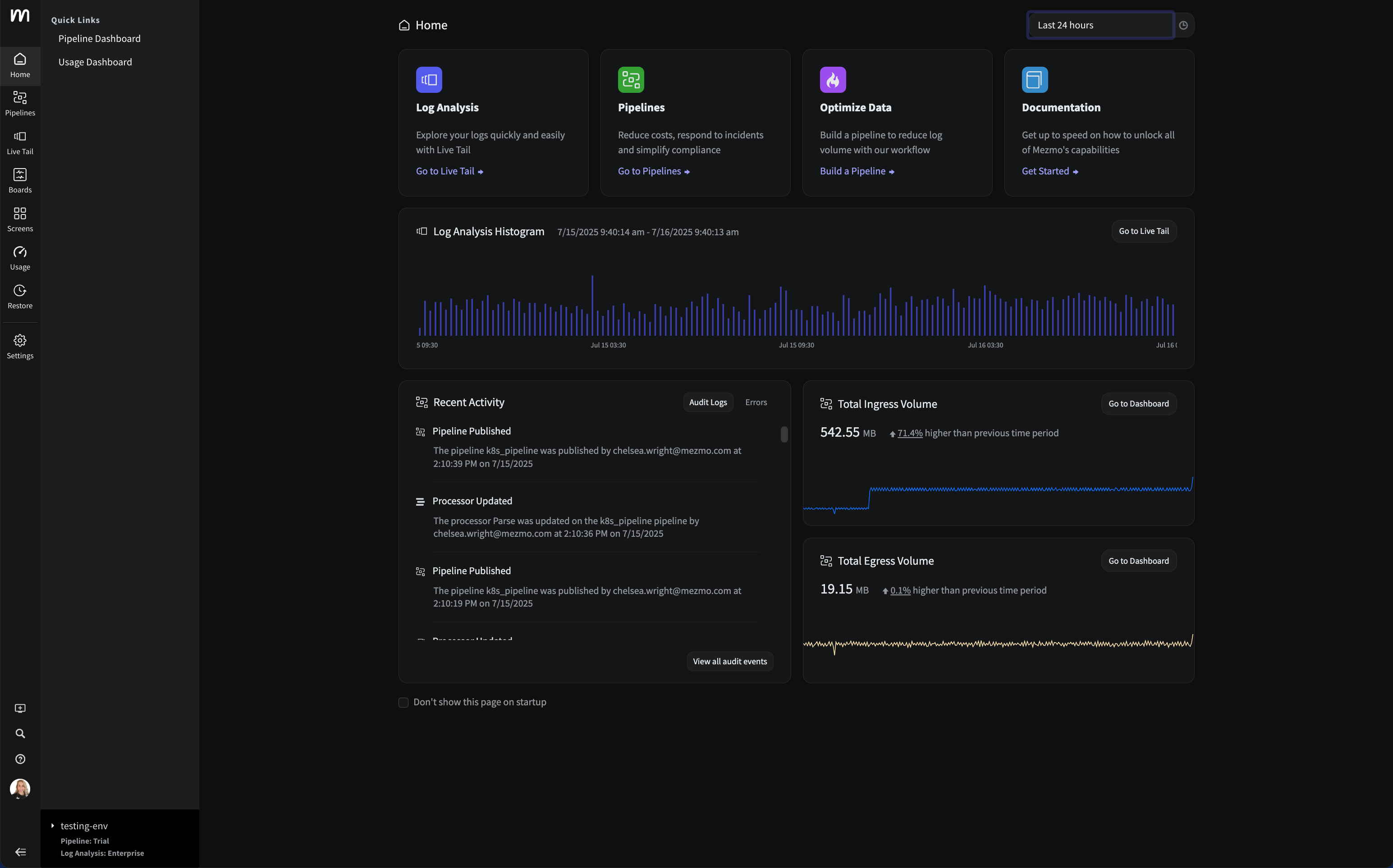


















.png)





































































